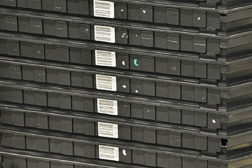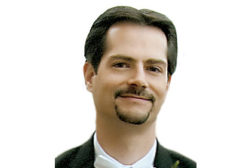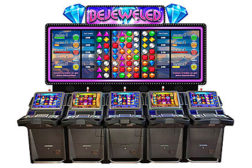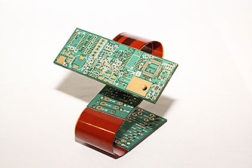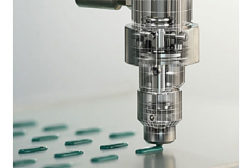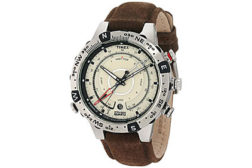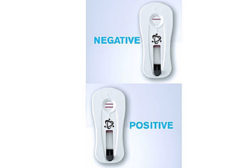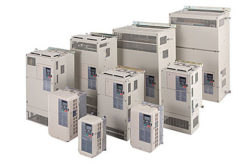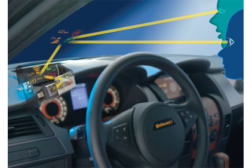Columns
Applying VFDs to servo applications
AC induction motors are increasingly being used in applications once dominated by servomotors.
July 1, 2014
Never miss the latest news and trends driving the manufacturing industry
Stay in the know on the latest assembly trends.
JOIN TODAY!Copyright ©2024. All Rights Reserved BNP Media.
Design, CMS, Hosting & Web Development :: ePublishing
